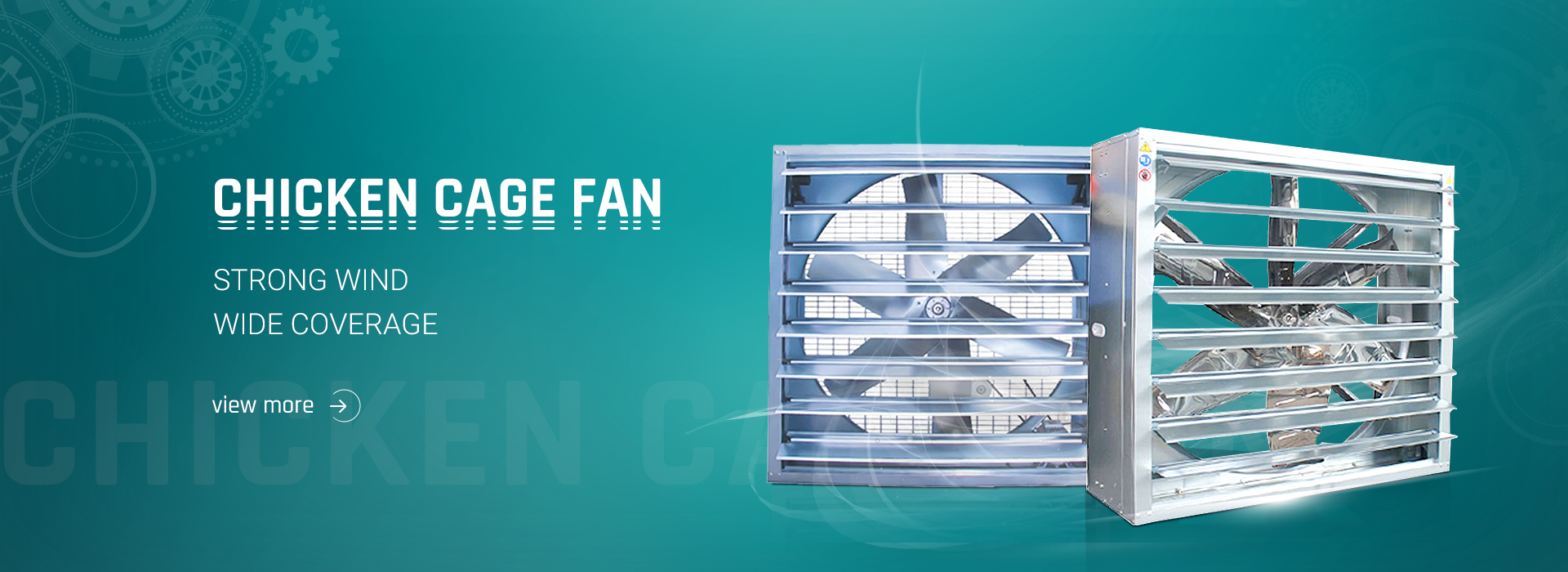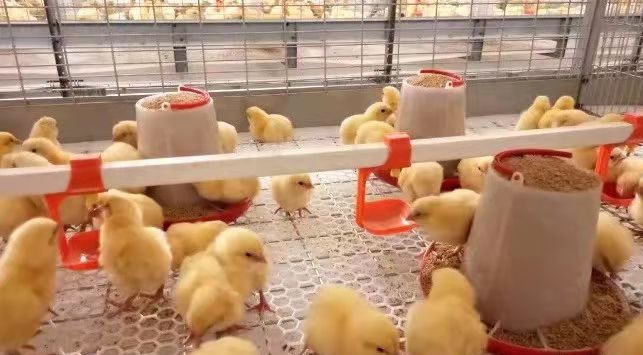一、infectious bronchitis
1. Chicks. There is no prodrome, and the whole group has a sudden onset at almost the same time. Initially manifested as respiratory symptoms, runny nose, tearing, facial swelling, coughing, sneezing, stretched neck and open mouth to gasp. A distinct hoarse cry was heard at night. With the development of the disease and the symptoms aggravated, the sick chickens shrink their heads and close their eyes, hang their wings, lose their appetite, and increase their appetite for drinking. If the treatment is not timely, there will be sporadic deaths.
2. Laying hens. Divided into respiratory organ type and nephropathy type. Respiratory organotypes are characterized by mild dyspnea, coughing, and tracheal slurs, with a “snoring” sound. Sick chickens are lethargic, eat less food, and pull yellow loose feces. The symptoms are not very serious, and very few die. Egg production began to decline on the 2nd day of the disease, and dropped to the lowest point in 1-2 weeks. In severe cases, the egg production rate dropped by 50%, and soft and deformed eggs were produced. Egg whites become thinner and separate from the yolk, and hatchability of the eggs is reduced. Nephropathy type is more common in young chickens aged 20-50 days. When infected with nephrotic-type infectious bronchitis strains, the diseased chickens can cause nephritis and enteritis in addition to respiratory symptoms due to damage to renal function. The course of nephrotic infectious bronchitis is generally 12 to 20 days longer than the respiratory organ type, and the mortality rate is also 20% to 30% higher.
Sick chickens are lethargic, have reduced or no food intake, stand out of the group or crouch and remain motionless, the crown and beard are blue-purple, the eyes and iris are gray-white, vision loss or blindness, loose feathers, and feces sticking to the feathers around the anus, Discharge of green or yellow-white loose stools, crouching, inability to stand, unwillingness to walk or limp, joint and liver enlargement, intestinal mucosal bleeding, ulcers, inflammation of the pericardium, accumulation of ascites and yolk in the abdominal cavity.
3. Pullorum
Many breeding friends will buy chicks after the Spring Festival. At this time, it is necessary to prevent chickens from pullorum. Most of the sick chicks die within 7 days, and the infected chicks in the same group die within 2-3 weeks. Sick chicks are often crowded together in piles. Wings drooping, listlessness, lethargy. Discharges white feces, often sticking to tail feathers, sometimes blocking the anus. Difficulty defecation and distended abdomen. When chicks are infected with pullorum, malabsorption of yolk will occur, affecting egg production.
Comprehensive prevention of common diseases in chicken flocks in spring:
To improve the feeding environment of the flocks, the feeding troughs and utensils should be washed regularly and kept clean and hygienic. The feed should be high-quality and fresh. When feeding chickens with wet feed, it is easy to cause rancidity if the feed is placed in the trough for too long, so attention should be paid to it. Keep the environment clean and hygienic, sweep chicken manure frequently, change bedding frequently, and disinfect on time. Strengthen the improvement of the breeding environment of young chickens, because the resistance of young chickens is not as good as that of adult chickens, so the sanitary environment of young chickens cannot be ignored. Timely light.
Do a good job of immunization, early treatment of illness, and specific treatment methods
Post time: Mar-26-2022




